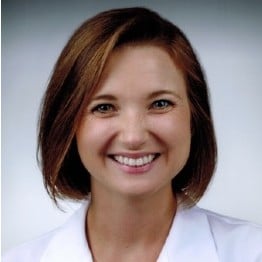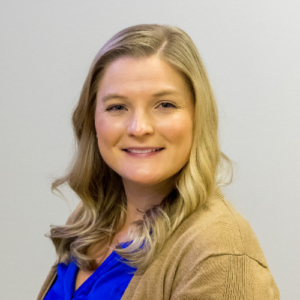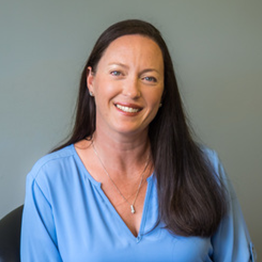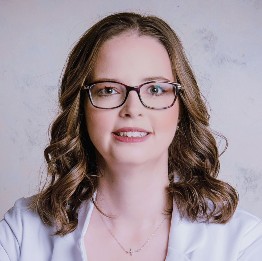I have long thought that the art of medicine mostly encompassed the intertwining of knowledge with compassionate communication and service to humanity. I am coming to see another aspect of the art of medicine which I fear is quickly being lost.
Here is an example. I diagnosed a patient based on my physical exam of the patient and listening to the patient describe their symptoms (and also the month long diagnostic testing process they had been through). I started treatment for this and the patient was improving. Subsequently, I was called by one of the specialists physicians this patient had seen previously who had learned of this diagnosis and called to tell me that the patient needed a more final diagnosis with more imaging involving more radiation exposure to the patient and an invasive procedure. When I asked this specialist why they would recommend doing this now when conservative treatment was currently improving the patient’s symptoms, their only answer was to provide the patient with a more definitive diagnosis based on testing.
For some diagnoses that is true and I wholeheartedly agree – such as genetic conditions where other members of the family may be affected, diseases that require treatment that involves significant risk to the patient, diseases that need to be treated quickly or diseases that mean a devastating prognosis for the patient that they need to be prepared for. This was not the case.
I am noticing that doctors and healthcare consumers alike are less and less trusting of a clinical diagnosis based on the description of symptoms (called the patient’s “history”) and the doctor’s physical exam. As a medical student I was trained over and over that these are the two most critical pieces of any diagnosis. I believe taking a good history of the patient’s problem is actually the most important – as this directs all subsequent actions by the doctor. Both of these assessments take time! A lot of time. In a country where the average time spent with a patient in primary care is < 7 minutes, we are loosing the art of actually taking a patient’s history and doing an exam.
So in lieu of this, tests are ordered. Labs, ultrasounds, x-rays, CT scans, MRI’s, more labs, invasive procedures.
We’ve become a society that can only accept a diagnosis if there is some “test” that proves it. Unfortunately this is just not the way medicine works. Let me tell you a little truth that no one wants to accept about medicine. There is rarely a diagnosis that is 100% certain.
Let’s think about these tests that we all long for. Did you know that 28% of patients that were found to have a disc herniation on an MRI actually did not have one when they had their surgery? A study at Johns Hopkins found that 1 out of every 71 tissue biopsies were misdiagnosed as being cancer or non-cancer incorrectly. Systematic reviews of the accuracy of colonoscopies in detecting colon cancer (which is one of the best tests for diagnosing cancer that we have) still has a miss rate of 2% for larger polyps and up to 26% for smaller polyps.
Certainly we can’t diagnose cancer and disc herniation simply from talking to a patient but it’s important to recognize the limitations of diagnostic testing. We can’t hold them up as the only way to give a diagnosis to the patient.
There is a lot of pressure placed on physicians to come up with the “right” diagnosis in a science that is simply not filled with 100% accurate answers. This has pushed us to all rely more and more heavily on something else telling us what the diagnosis is – that way, it’s not all our responsibility if we are wrong. I think that is what it comes down to. Being a physician is cited as one of the most stressful jobs over and over – due to it’s high level of responsibility and minimal control over the outcome. We’re not trusted by many patients. We’re not trusted by all these regulatory bodies overseeing our every decision. In primary care, we’re often not even trusted by our own specialists colleagues. We begin to not trust ourselves to make a diagnosis without something else backing us up.
But here’s the thing… you cannot treat test results. You have to treat patients. You have to talk to patients. You have to examine patients. And at some point, your patient just has to trust that you have their best interest at heart. Without this “art of medicine” and a strong patient-physician relationship, the cost of medicine will continue to rise as health outcomes fall. The secret ingredient for all of this is TIME – time with our patients to listen, to examine, to explain, to have a relationship.


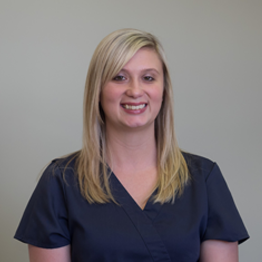
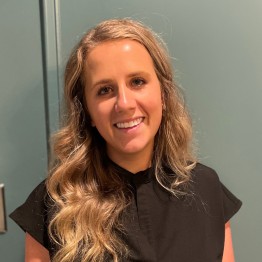 About
About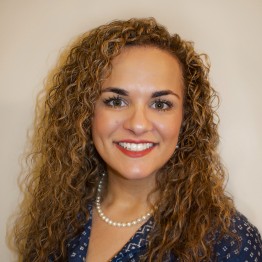 About
About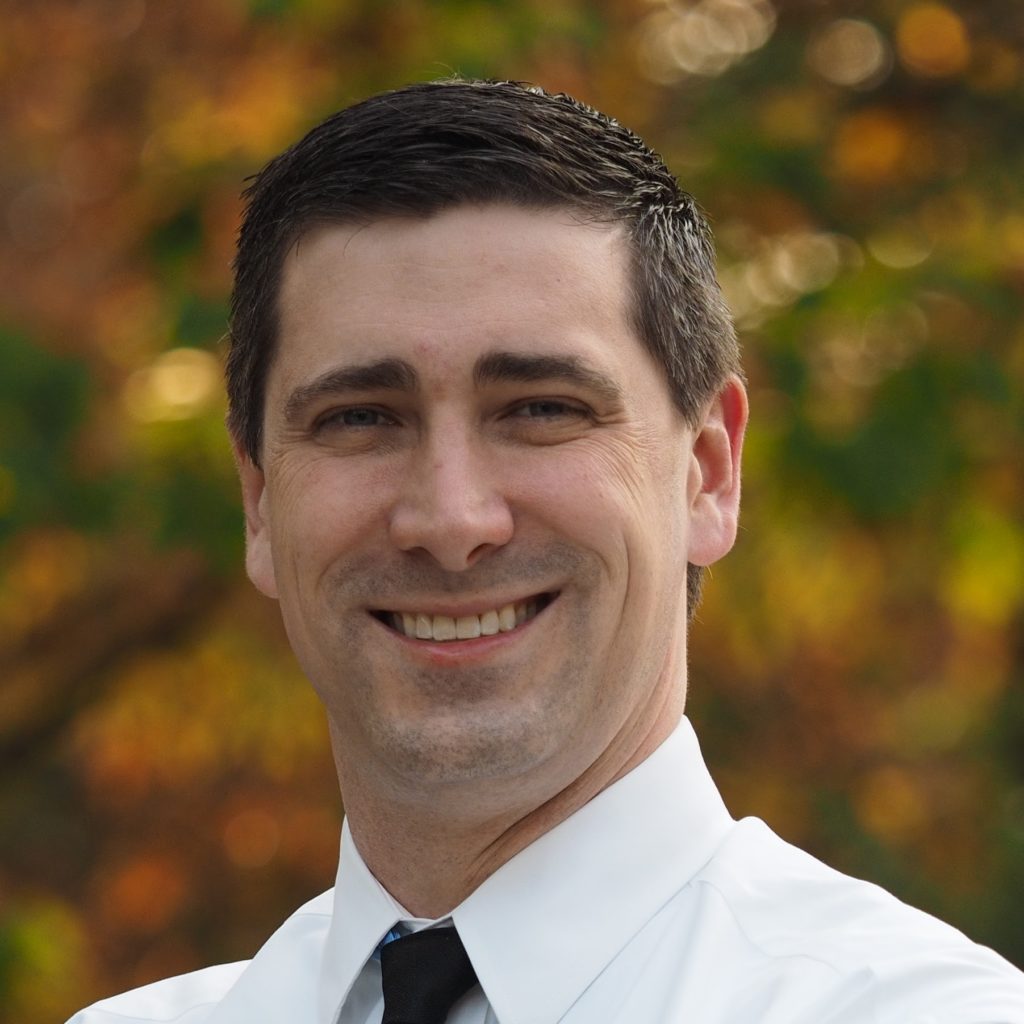

 About
About About
About About
About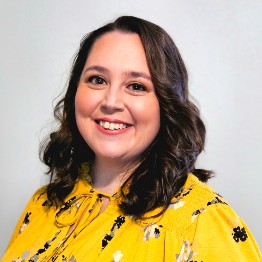 About
About About
About